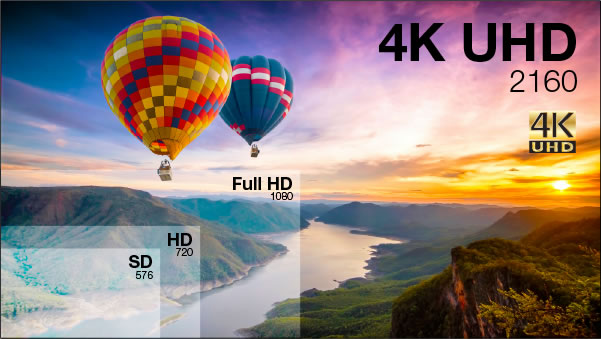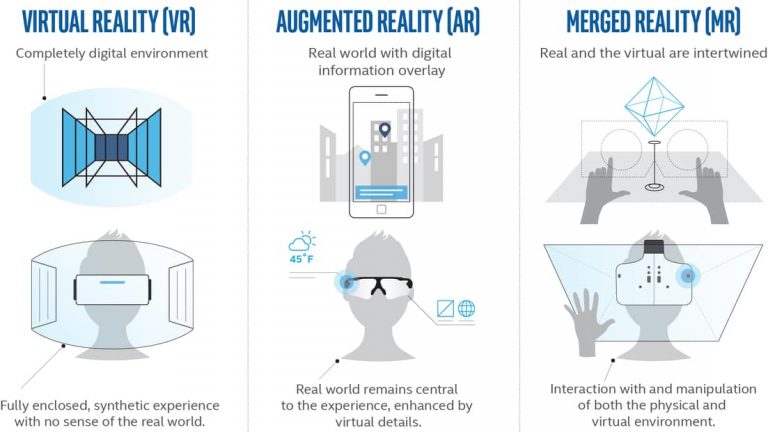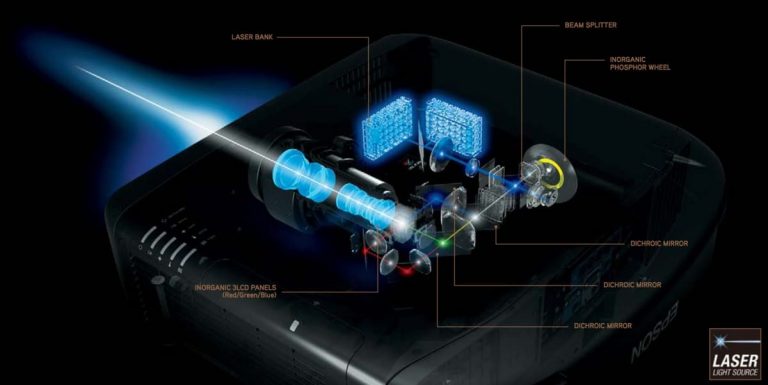For audiovisual professionals, there is so much to look out for in 2018. Halfway through the year, the numerous exhibitions and trade shows have already given us a glimpse of the of the products you can expect to see in the future.
The industry leaders have announced outstanding inventions that promise to light up the audiovisual industry. Audiovisual technology is evolving at an incredible pace. AV professionals and integrators need to keep themselves updated with the latest and upcoming trends to stay ahead of the curve. Our blog shares AV trends to look out for in 2018 and how they will impact the consumers and the industry.
Higher 4K Adoption

Currently, the industry standard resolution for video systems is Full HD 1080p. But, that won’t be the case for long. The demand for both 4K hardware and content is skyrocketing. As it delivers a higher resolution than HD, it is ideal for applications with large audiences or use cases where detailed content is the norm such as fine photography, virtual reality or other immersive experiences. Manufacturers of TVs, projectors, cameras, laptops, and other related hardware are competitively working to make 4K accessible to a wide spectrum of users both in consumer and professional applications.
Projection Mapping
This audio visual trend has taken the industry by storm. Projection mapping goes way beyond your everyday video projection. It involves the using multiple projectors to extend images across irregular surfaces. With this technology, many images or videos can be projected on unconventional surfaces. This creates an immersive and panoramic 360° visual experience. Projection mapping is set to make its mark felt in advertising campaigns, live shows, conferences, presentations, trades show or other noteworthy events.
Virtual and Augmented Reality

Virtual and Augmented Reality is becoming a buzzword in the audiovisual industry, thanks to tech giants who are inundating us with the possibilities of this technology. While there is a dividing line between visual reality and augmented reality, you can’t but agree that this technology is simply in the world of its own. Professionals like to think of virtual reality as active while augmented reality as passive. However, both technologies have immense capabilities. Although popular in the gaming world, VR and AR technologies are being harnessed for a plethora of new applications. When used together it is known as Merged Reality (MR). Infusing AR and VR technology with projection mapping is sure to be a game changer.
Live Video Streaming

This is becoming the new normal in the audiovisual industry and promises to give other trends a run for their money. Today, social media giants like Facebook, Instagram, YouTube and other social media platforms give users a sneak peek of what this technology is about. While this AV trend has been popular for quite some time now, the best part is that marketers and business owners have begun leveraging this technology to push their businesses to the next level.
Laser Projection

Traditional video projectors use very bright lamps to create an image. However, lampless projectors use laser/LED light sources that don’t need traditional lamps. What this means is that LEDs (light emitting diodes) work in tandem with a fluorescent element and a laser within the projector’s light engine to provide the light source and render the images. The main advantage of this technology is that instead of a 2,000-hour lamp life expectancy that you would get from a traditional projector lamp, the LEDs are predicted to last approximately 20,000 hours plus without replacement. Laser light surfaces also have a wider range. Laser-based projectors not only deliver superior image quality but also cost-savings in the long run.
AI Assistants, Automation & Voice Control

Artificial Intelligence and Machine Learning have seeped into almost aspects of technology. These technologies have immense potential to handle cumbersome and inane tasks that can easily be automated. On the enterprise technology side, companies have already been perfecting and deploying these technologies. In fact, many tech giants have already introduced products for consumer applications. One such use case is voice-controlled virtual assistants such as Alexa by Amazon, Siri by Apple, Cortana by Microsoft, Bixby by Samsung and Google Assistant among others. The voice control solutions have already penetrated in the home automation segment and are moving into conference rooms and other corporate spaces. In the year 2018, your own voice will play a larger role in the control and automation of other technologies in a range of spaces and industries.
For more information on AV integration and automation systems for your home or business in India,
Contact Actis at 022-30808080 or at contact@actis.co.in.


